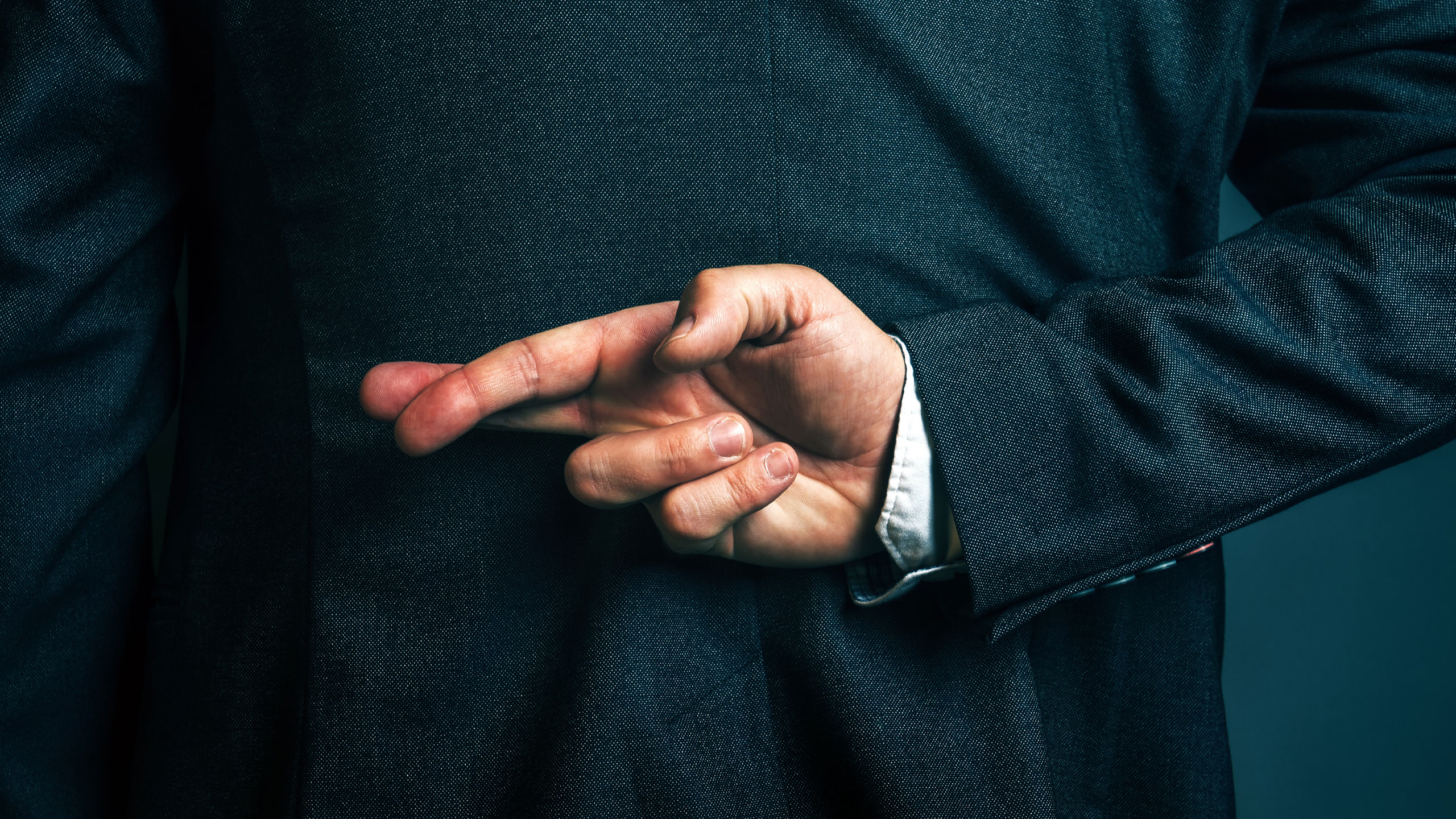Between false myths and enemies of organic Extra Virgin Olive Oil and Wine: discovering the truth with Ecceamerica for an informed and conscious choice
In the field of nutrition and, in particular, healthy eating, certain foods are often the focus of misunderstandings and mistaken beliefs. Among them, wine and Extra Virgin Olive Oil (EVO) are two products that, despite their fame, are sometimes misunderstood or the subject of misleading information.
The Program Three-Year Information “Ecceamerica: The Quality of European BIO Olive Oil and Wine” in collaboration with Unaprol – Consorzio Olivicolo Italiano and CAP – Confederação dos Agricultores de Portugal-was created with the aim of promoting the consumption of European organic Extra Virgin Olive Oil and wine in the United States and Canada, raising consumer awareness of their authenticity and the European certifications that guarantee their healthiness, sustainability, safety, traceability and labeling.
Too often, false myths and misconceptions are passed down “from generation to generation,” conditioning the perception and daily choices of consumers. Ecceamerica aims to counter this misinformation and spread an aware culture of Extra Virgin Olive and organic wine, products that represent the best of European tradition and innovation.
EVO oil and organic wine: excellence to be protected
Both extra virgin olive oil and organic wine are the result of rigorous and controlled production processes. The former is an olive pressing obtained exclusively through mechanical processes, the latter is the result of careful winemaking without the use of synthetic chemicals. Both, to preserve their organoleptic and nutritional properties intact, require special care in storage.
In fact, there are some factors that can compromise its quality:
- Oxygen: exposure to air triggers oxidative reactions that alter the flavor and chemical composition of oil and wine. In wine, oxidation can lead to unpleasant hints, making it sour or stale.
- Heat: high temperatures accelerate the degradation of aromatic compounds. Excessive cold can also damage products, causing solidification in oil or changes in wine structure.
- Light: prolonged exposure to light, direct or diffuse, alters the quality of oil and wine, promoting undesirable oxidation processes.
For wine, two other enemies must also be considered:
- Vibrations: can disrupt the aging process and alter the balance between chemical elements.
- Humidity: too low levels can dry out the cork, facilitating the entry of air; conversely, excessive humidity (over 70%) promotes mold growth on labels and can damage the cork.
Based on these premises, it is easier to unmask some misconceptions that have been conditioning the perception of extra virgin olive oil and wine for years.
- “If it stings in the throat, the oil is sour”
False. Tingling is indicative of the presence of polyphenols, beneficial antioxidant substances. The acidity of the oil, on the other hand, refers to the amount of free oleic acid and is measurable only in the laboratory: the lower it is (in EVOs it must be less than 0.8 percent), the higher the quality of the oil.
- “The most expensive wine is always the best wine”
Not necessarily. The price of a wine depends on many factors, including the prestige of the producer and rarity. A cheap wine, if well made, can be just as enjoyable as a more expensive one.
- “Green oil is better”
The color of the oil is not an indicator of quality, but depends on the variety of olives used and the time of harvest. In fact, professional tasters evaluate oil in colored glasses precisely so that they are not influenced by the hue.
- “Oil made the old-fashioned way is more genuine”
Traditional extraction methods can expose the oil to contamination and oxidation. Modern continuous-cycle mills, on the other hand, ensure an aseptic environment and optimal cold pressing, preserving all sensory and nutritional characteristics.
- “Red wine should be served at room temperature”
This concept dates back to a time when homes were not heated as they are today. The optimal temperature for a red wine is between 15 and 18°C, while whites should not be served too cold, otherwise the aromas may be attenuated.
- “Extra virgin oil is all the same”
Each EVO has a unique profile, determined by the variety of olives and the area of production. An oil from Veneto will have very different characteristics than one from Sicily: cultivars, climate and processing methods affect taste and quality.
- “Wine makes good blood”
Although in the past some studies have shown a possible benefit in the moderate consumption of wine, more recent research suggests that the protective factors are linked more to a healthy lifestyle than to alcohol consumption and that there is no risk-free consumption threshold!
- “EVO oil expires”
Extra virgin oil has no real expiration date, but over time it loses its characteristics. It should preferably be consumed within 18 months after pressing by storing it properly.
Promoting a proper culture of extra virgin olive oil and organic wine means giving consumers the tools to make informed and conscious choices. Knowing and dispelling false myths is the first step in fully appreciating the value of these products of excellence and protecting their quality throughout the supply chain, from the mill and winery to the table.
To learn more and participate in program initiatives follow the social pages!



